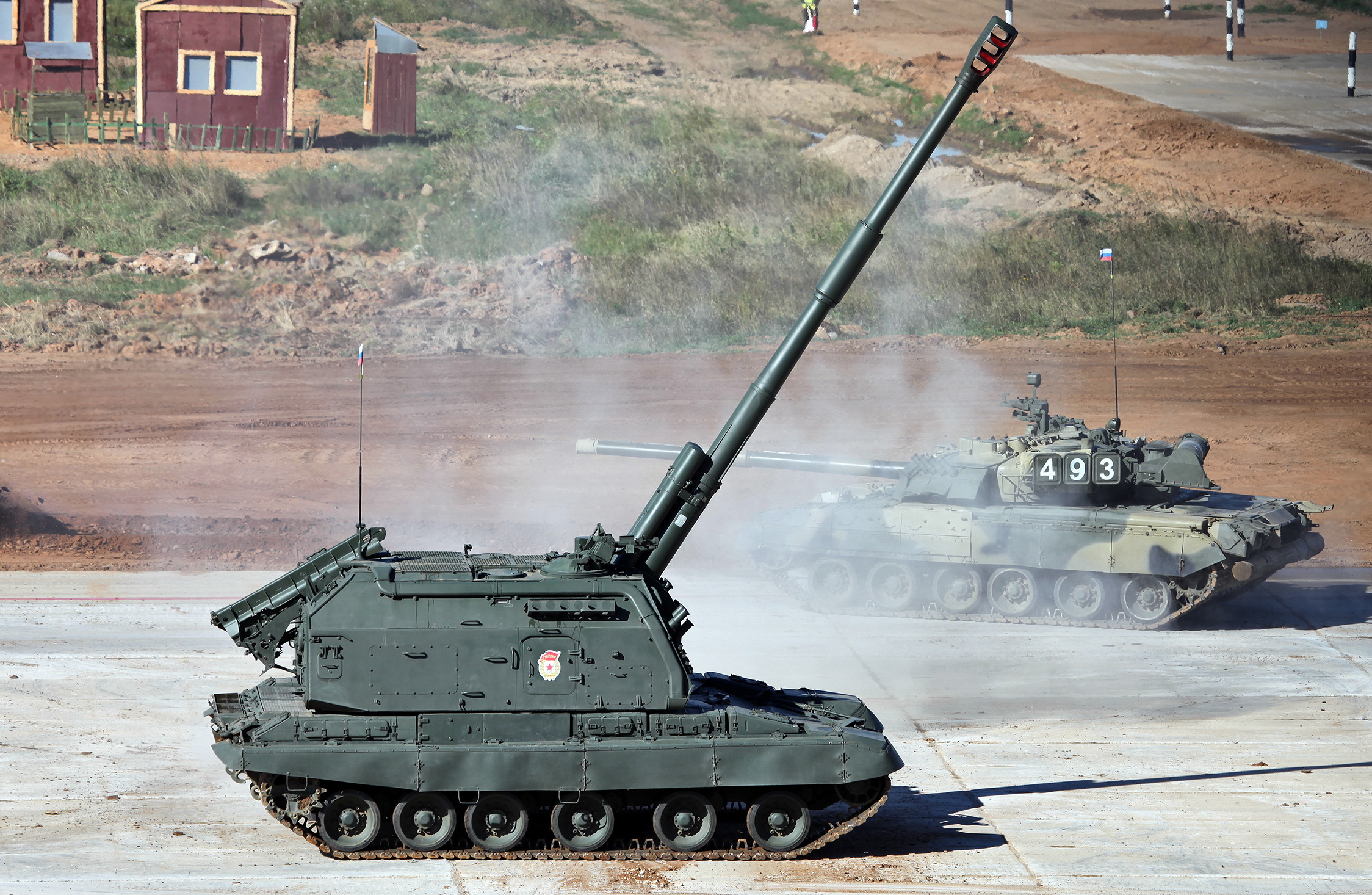https://www.youtube.com/watch?v=jY2lqYmdkos
https://www.youtube.com/watch?v=bz9uEGEKWog
The spokesman for the John Birch Society describes the U.S. and Russian partnership in the video below.
https://www.youtube.com/watch?v=HuIKZK45XuQ
The "International Military Review" (IMR) has excellent coverage of Syria; watch the IMR video below.
https://www.youtube.com/watch?v=Kqsvd4MwYX4
https://www.youtube.com/watch?v=6ZS3swK5Ti4

Russia announced on Tuesday that by the end of
this month it will deploy the latest version of its giant command and control
aircraft designated for use during nuclear war or national disasters. The
flying command center will be able to coordinate the worldwide operations of
its ground, naval, air and missile forces, including nuclear weapons, as well
as the country's satellites. Russian military sources said that the
Ilyushin-80 jet, pictured above, would be used when the command infrastructure is disrupted due
to a nuclear war, or when ground communication systems are absent. The sources
said the plane will be permanently staffed with senior generals, operational
commanders and technicians.
After several incidents, in which 130mm shells fired by Syrian rebel groups, particularly the Al-Nusra Front, reached the center of the Russian Khmeimin military enclave outside Latakia, the general staff in Moscow decided to rush heavy artillery reinforcements to Syria. Russia has transferred two types of heavy weapons systems by sea and by air to the front near Latakia during the past few days.

First, a body of three
battalions of 2S19 Msta-S self-propelled howitzers, pictured above, was deployed at Khmeimin and
has already started pounding rebel lines and command centers in the
area. This heavy artillery system, capable of firing 152mm shells at a rapid
pace, is a veteran of Russia’s former campaigns against Islamic terrorist
groups, especially in the Russian war against Islamic rebels in Chechnya in the
1990s.
The 2S19 Msta-S has a
modified chassis of a T-80 tank and a diesel motor of a T-72. It is effective
against fortifications as well as military and terrorist targets in wooded
mountain areas, exactly the kind of geographical environment in which the
rebels around Latakia area are operating.
This self-propelled
howitzer is also expected to be effective in battles being fought in the Qalamoun mountains, in
order to break the stalemate in which the combined Iranian, Syrian, Iraqi and
Hizbollah forces have been bogged down for months in their efforts to knock
over rebel strongholds.
Another heavy weapons
system that Russia brought to Syria in recent days is the TOS-1 220mm multiple rocket
launcher, pictured above and below. This system, which is mounted on the chassis
of a T-72 tank, has been deployed near the embattled Syrian cities of Hama and
Homs.
Even though Russian
President Vladimir Putin and Defense Minister Sergey Shoigu continue to claim
that Russian forces will not be engaged in Syrian ground warfare, the heavy
artillery systems brought to the country and their use in battle tell a
different story. They show that Russian ground combat in Syria is expanding.
The German cabinet Tuesday
approved the consignment of up to 1,200 soldiers and reconnaissance planes, pictured above, to
Syria to help in the fight against Islamic State without engaging directly in
ground combat.. This step ramps up Germany’s involvement in the war, which was
limited until now to arms and military training to Kurdish fighters. Parliament
has still to confirm the decision, but its passage is certain as Chancellor
Angela Merkel’s coalition has an absolute majority. A vote on the decision will
be taken in the German parliament on Wednesday.

Although UK opposition Labor leader Jeremy Corbyn, pictured above, opposes British air
strikes against ISIS in Syria, a majority of his party campaigned for,
and Monday won, a free vote in parliament on the issue. This gives PM David
Cameron a chance to gather sufficient parliamentary support for this action.
However, Corbyn also won a delay in the vote: The shadow cabinet called on the
prime minister to “step back from the rush to war” and hold a two-day Commons
debate “on this crucial national decision.”



No comments:
Post a Comment